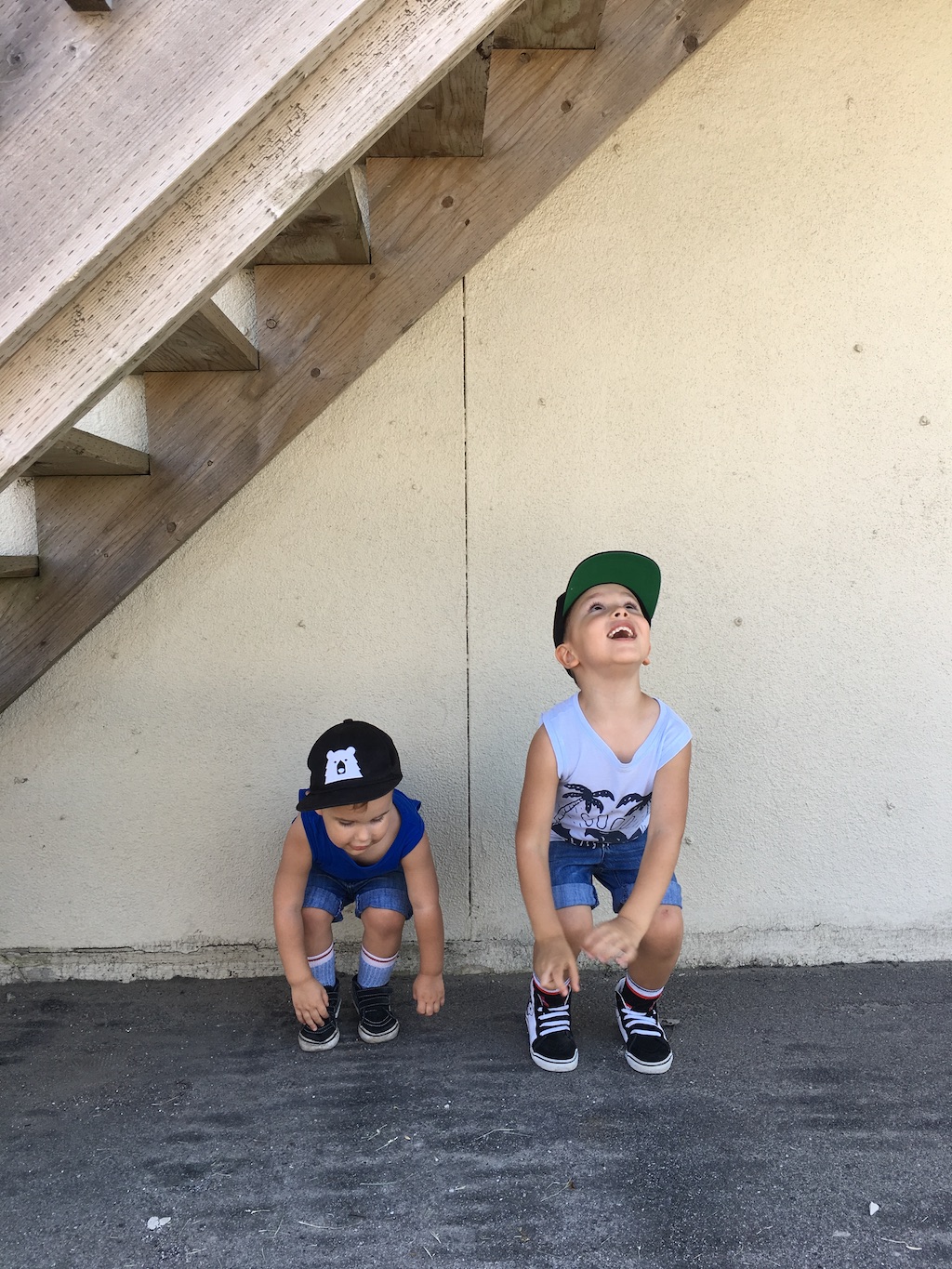SingaporeMotherhood | Parenting
August 2020
When Children Say “I Dunno” / “I Don’t Know”

At my enrichment centre The Collaboration Corner, when we start a class with new students, I often encounter this scenario: children who tell me “I dunno / I don’t know” to almost every single question I ask them… These below are just the tip of the iceberg.
Real Case Example 1:
Dr. Pet: Would you like to run up and down my stairs five times to work up a sweat?
Child: *shrug* I dunno.
Real Case Example 2:
Dr. Pet: How do you feel when you have to sit down to do homework?
Child: *shrug* I dunno.
Real Case Example 3:
Dr. Pet: Do you think you would enjoy doing this Science experiment kit?
Child: *shrug* I dunno.
When children say “I dunno” to me, it tells me one thing. The children are afraid of something. It could be me. Think about it. Why should children trust adults? As far as they know, adults scold, nag, preach and punish. The children have no reason to trust me when they first attend my classes. They don’t know me, and I am an adult after all. However, after about one year with me, the children stop saying, “I dunno” to me. Let me deconstruct the examples above to explain why.
(See also: How to Support your Gifted Children in Singapore)
Deconstructing Real-life Example 1

In Example 1, the child was not sure whether I was proposing a punishment because he had yawned in class, and looked like he was dreaming. I was not. The brain needs a brain chemical called norepinephrine (also called noradrenaline) to power focus and concentration. However, the brain’s stores of norepinephrine are limited. Furthermore, norepinephrine is synthesised from dopamine, which you may know of as the “happy hormone”. There are three ways to stimulate the human body to produce dopamine, in order to synthesise norepinephrine:
- Consume cocaine
- Eat a lot of chocolate
- Engage in peak cardio exercise
Clearly, methods (1) and (2) are not viable. That leaves me with method (3). If the child has had three hours of Chinese tuition shortly before coming to my class, he is going to sit through my class in a quiet daze because his brain is low on norepinephrine. Instead of scolding the child, I will ask him to run up and down three flights of stairs five times: five times up, and five times down.

The first time I ask a child to do this, I can see the hesitation in his eyes. His eyes say: “I was inattentive and Dr. Pet is punishing me.” No matter how gently I ask the question, the children have already been conditioned by other teachers and parents to expect a punishment. I have to explicitly tell them that it is not a punishment. So, I explain the physical exercise – dopamine – norepinephrine cycle to them.
Then I ask again, “Look inside yourself. If you feel that you cannot focus, would you like to run up and down the stairs five times?” When they feel that there is a sincere desire to help them (instead of berate them) they relax and run with great relief because the running does make them feel better. Children need to move about to feel a sense of wellbeing.
Deconstructing Real-life Example 2

In Example 2, the child was aware that doing homework is what every child must do. To confess that she hates doing homework is as bad as a husband confessing, “I hate to be faithful to my wife.”
If the child dared to confess that she hates to do homework, her parents and Dr. Pet would all gang up on her, and scold her for being a bad child who will grow up into a good-for-nothing. We might further say that she is lazy. We would do that, wouldn’t we, just like we would scold the man who hates to be faithful to his wife.
The truth though, is this. From nursery age, many children in Singapore are made to complete assessment books. At a stage when the children want to experiment, explore, and learn through play, many Singaporean children are forced to sit with a pencil to trace letters and numbers.

Over time, a negative association with work develops. When they see a worksheet in front of them, they experience the same visceral recoil as Dr. Pet does when I see a cockroach on my bed. However, they cannot confess this to their parents! So, the poor little girl simply shrugged her shoulders and said, “I dunno.”
I bent down and said her, “Dr. Pet hated to do her homework too. I used to throw my homework out of the car window. Are you as bad as I was?” Upon hearing this, the child’s eyes grew wide. She was impressed. Wow! I could see the thought form inside her head, “I wish I dared to do that! I would feel the same satisfaction Dr. Pet feels when she smashes the cockroach on her bed.”
The child then started to confide her angst to me. She had found someone safe to talk to, who did not judge her.
Deconstructing Real-life Example 3

In this example, the child was clearly fascinated by the Science experiment kits. However, when I asked him if he wanted to do them, he shrugged and said, “I dunno.” In the past, his parents had often asked the child to choose activities that he wanted to do. Often, these choices were based on incomplete information.
Those activities looked fun at first. So, the child chose to do them. After a while, the child realised that there were other aspects to the activity that he did not enjoy. So, he left the activity aside. At this point, his parents scolded him roundly for wasting money. “But, you SAID you wanted it. You CHOSE it. So, you MUST FINISH it.” Sounds familiar?
Thus, when I asked him whether he wanted to play with the Science kits, he said, “I dunno.” He was afraid to be trapped in a decision based on incomplete information. The solution is simple — to not scold the child for changing his mind about something. Everyone has a right to change their mind, yes?
A Child who Feels Safe does not say “I Dunno”

If your child is always stalling your questions with silence or with an “I dunno”, take time to figure out what worries them. When a child is in the “I dunno” state, the one thing you should not do is to ask more questions. In that fearful state, asking questions will further cause the child to clam up and withdraw. Instead, you need to examine the situation.
Parents and children have a past together. Examine that past and reflect on it. Examine your prior interactions with the child. The world is a scary place to a child. There are infinite things to be afraid of. While there is no way for me to tell you what your child may be worried about, one thing that is sure is that he/she is worried about something.
Asking question after question has never got a child to speak up. Articulating what the child is afraid of TO the child, however, can get the child to open up. I get my answers from past situational analysis, not by asking the child. If you examine your situation and find that something, you will be able to get a proper answer from your child, not another “I dunno”.
(See also: How EQ can Equip your Kids for Financial Security)
Header image: Emily Morter on Unsplash
All content from this article, including images, cannot be reproduced without credits or written permission from SingaporeMotherhood.
Follow us on Facebook, Instagram, and Telegram for the latest article and promotion updates.





